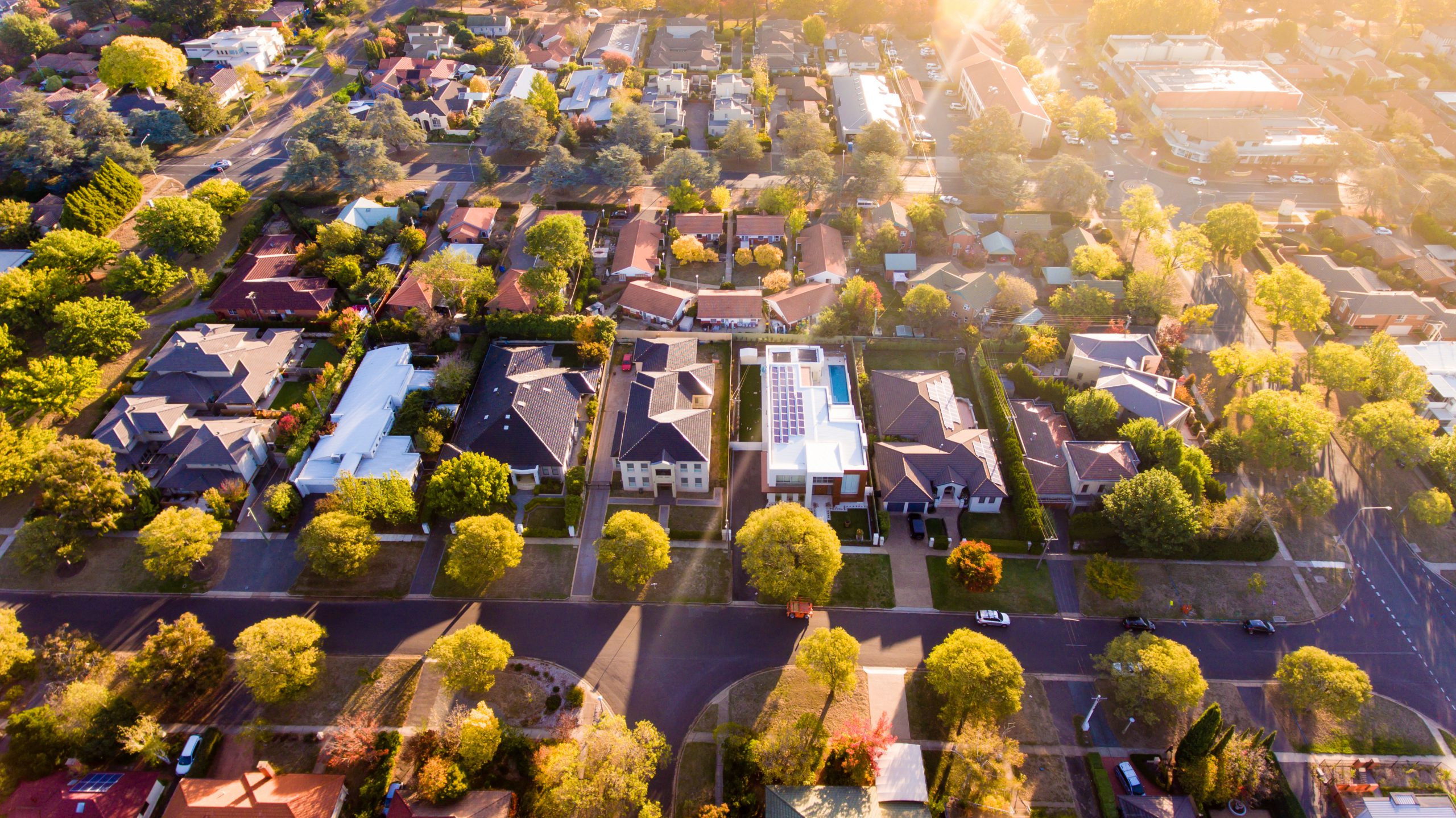
The nation’s ability to build more homes has become one of the most hotly-contested issues in Australian politics.
While the new Labor Government has made several high-profile promises on housing, most relate to helping Australians buy their first homes.
Underpinning Labor’s pledges, however, is the nation’s capacity to build more homes to meet demand.
Our progress is looking increasingly anemic.
The Government has said it intends to build or facilitate the building of 1.2 million homes over the next four years as part of its “Homes for Australia” plan.
While this number of homes appears significant, it needs to be weighed against our net migration figures.
For the financial year 2023-24, Australia’s net migration was 446,000. So, even with more than 1 million homes supposedly coming online, it’s unlikely to have any dampening impact on values.
A new report, the State of the Housing System 2025, has revised previously dire predictions of Australia falling short of the 1.2 million target, but its forecast suggests we’re still more than 250,000 adrift of the national goal.
It says 938,000 homes will be built by June 2029, up from the 903,000 homes it previously predicted but still 262,000 short of the target.
The report by the Federal Government’s advisory council, the National Housing Supply and Affordability Council, is the key monitor of construction progress for the “Homes for Australia” initiative.
Property Council Chief Executive Mike Zorbas has been scathing in his response.
He demanded increased productivity in the construction sector, simplified planning and greater investment.
“The alarm bell continues to sound,” said Mr Zorbas. “The sad fact is that many Australians feel that homeownership is out of reach. We have seen the federal and state governments coordinate their efforts on boosting supply, but more must be done.
“Our skills and planning systems are not yet match-fit for this century. More than 30% of the cost of a new home is government taxes and charges.
“East coast states have daft foreign investment taxes that are barbed wire to overseas institutions that want to send their money to help Australian companies build the assets our cities need.
“The least-cost answer for indebted states is to modernise planning systems and put measures in place to boost the proportion of skilled workers coming into the country.
“We need to bring forward federal environmental approvals and force power and water providers to stop delaying the delivery of new homes and industrial and commercial assets that our communities need as they grow.”
